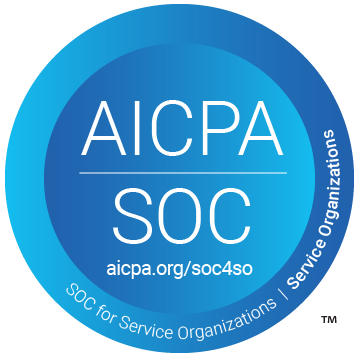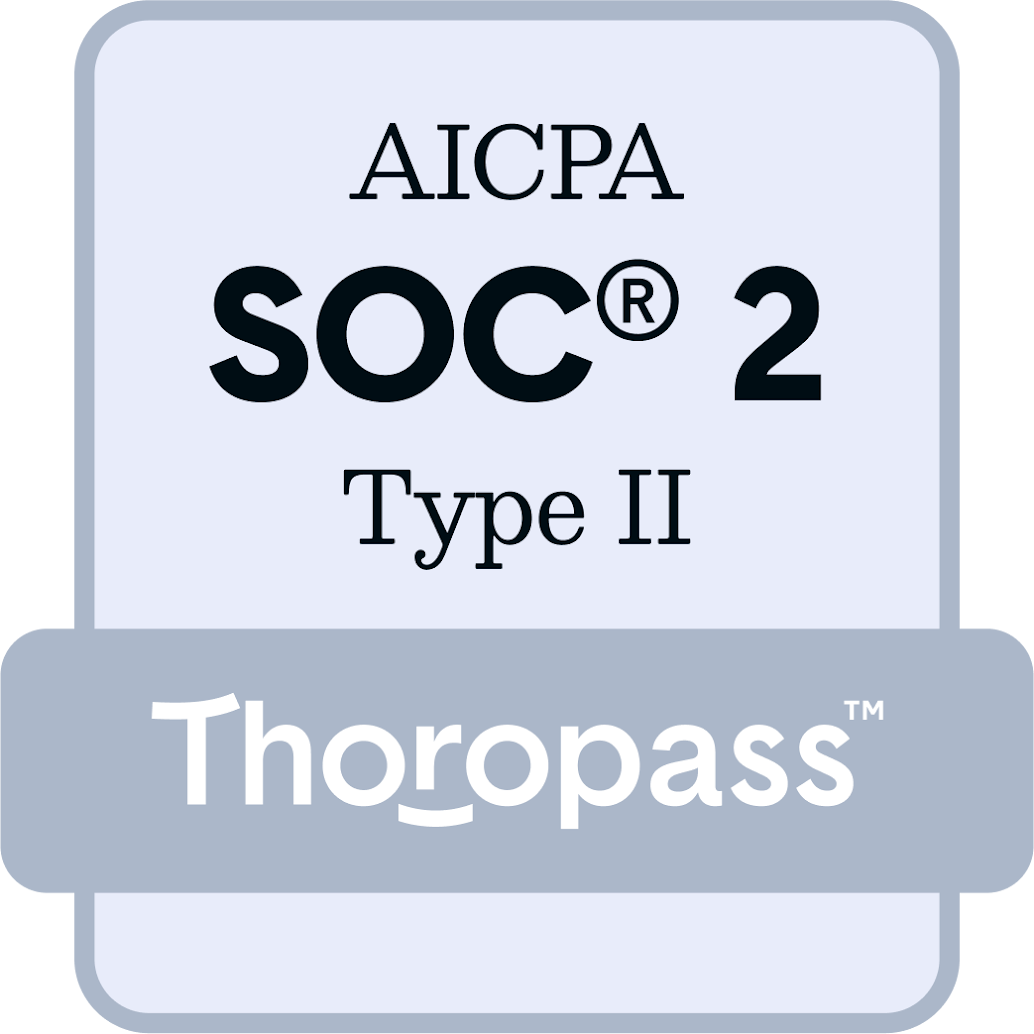Equilar Institute
Resources
The Importance of Adapting to Peer Group Changes
March 21, 2016
Annual peer group selection and review is critical for companies considering the importance peer groups
play in benchmarking executive compensation and performance. Companies consider multiple criteria when
building their peer groups, such as industry category, market cap and financials, to name a few. However,
consistency—or lack thereof—in peer groups can present challenges for companies if they are not prepared
to address why changes are being made (or not).
Companies often come under scrutiny regarding their peer groups from investors and proxy advisors. For
instance, peer groups tend to be significant indicators in determining executive pay, allowing companies to
set appropriate benchmarks for compensation.
In 2014, nearly 96% of S&P 500 companies and almost 90% of S&P 1500 companies disclosed a peer group, according to
Equilar data.
Companies without a clear method in place for justifying why they are paying a particular amount face severe
scrutiny from shareholders. Recently,
Citrix Systems, Inc. came under fire in a court case, with shareholders alleging that
the company paid its outside directors in excess. Other
recent cases have
also brought this issue to light. Citrix contended that the pay was on par with that of its peers, which
included companies with higher market caps and revenue, such as Google and Microsoft. Its shareholders in
the case claimed the companies’ peers were not accurate, but “aspirational.”
The rise of shareholder engagement in recent years is also a contributing factor to changes in peer groups.
According to an Equilar report,
in 2014, CVS met with shareholders who expressed concerns about the inclusion of peers from the telecommunications
industry, which they felt did not align with CVS’ industry. CVS responded by amending its peer group to include
companies that relate to their retail and healthcare businesses.
While preparation and foresight may mitigate particular situations, the fact remains that criteria for peers
do change over time and building a peer group requires objective analysis and the appropriate data. Companies
must analyze numerous factors that go into building a peer group, while maintaining an objective perspective.
As was the case with Citrix, oftentimes companies will establish a peer group category in which they aspire to
be—a reasonable objective, but one that can potentially cause more harm than any intended benefit.
Companies often approach peer group selection based on criteria from a prior year. However, many quickly discover
that a number of factors, such as mergers and acquisitions, changes in business strategy, and significant changes
in revenue can significantly alter the composition of a company’s peer group.
Shareholders also often have requirements that assess peers and may affect their voting behavior for a company.
For instance, in its
investor and proxy voting guidelines, BlackRock
requires a third-party vendor to conduct an analysis of company peer groups, including the relevance of the
company’s stated peers and the potential impact the company’s peer selection may have on pay decisions. Policies
similar to this further emphasize the importance of having access to objective data and analysis when examining
peers.
Equilar Market Peers (EMP)—a peer group algorithm that compiles the 15 companies with the strongest connections
to thousands of public companies in our database—algorithmically constructs peer groups from SEC-disclosed proxy
data to establish an objective peer list of “who you know” and “who knows you.” Traditional peer group development
methods typically focus on size indicators such as revenue and strictly defined industry designations such as GICS.
However, these methods have a tendency to oversimplify the complex and overlapping competitive dynamics that exist
in the marketplace. EMP is based directly on market data and selects the best possible peer group based on the
strength of connections.
By looking at this data, we can see how market conditions evolve at a high level from year to year and represent
the changing complex relationships in the marketplace. Between June 2015 and January 2016, 86.2% of the 2,965
companies within the Equilar Market Peers (EMP) database—or 2,556 total companies—had peer groups change by some
measure*. If an EMP group changes from year to year, it is the result of a change in relationship, and effect of
a number of reasons extracted from corporate disclosures such as M&A activity, changes in business strategy, or
companies joining the Russell 3000.
In terms of individual company changes within peer groups, there were 994 companies that had one company change
in their peer group and 1,327 companies that had two to four companies change, indicating that at least a slight
change is likely. Overall, 356 companies had at least five companies change in their peer groups—197 had five to
nine companies change in their respective peer groups, while 38 had 10 or more companies change in their peer
groups.
Changes in peer groups are inevitable on an annual basis at a broader level, and potential consequences loom for
those companies who fail to adequately address changes with their shareholders and other constituents. Analyzing
the same objective data stakeholders utilize for evaluation is a key part of the annual peer selection process for
every company.
*121 new companies were added to Equilar Market Peers in January 2016 and are not included in the study.
Equilar Market Peer Update Portal is now open through June 30
Equilar Market Peers’ proprietary algorithm provides a powerful approach to creating the most logical peer
groups. The solution takes SEC-disclosed proxy data and establishes a network of “who you know” and “who
knows you”, while listing those companies with the strongest connections. This methodology solves the
one-size-fits-all dilemma, adequately providing users with the most accurate possible peer group benchmarks.
For more information or to request a demo,
click here.
For more information on Equilar’s research and reports, please contact Dan Marcec, Director of Content
& Marketing Communications at dmarcec@equilar.com.
 Solutions
Solutions











